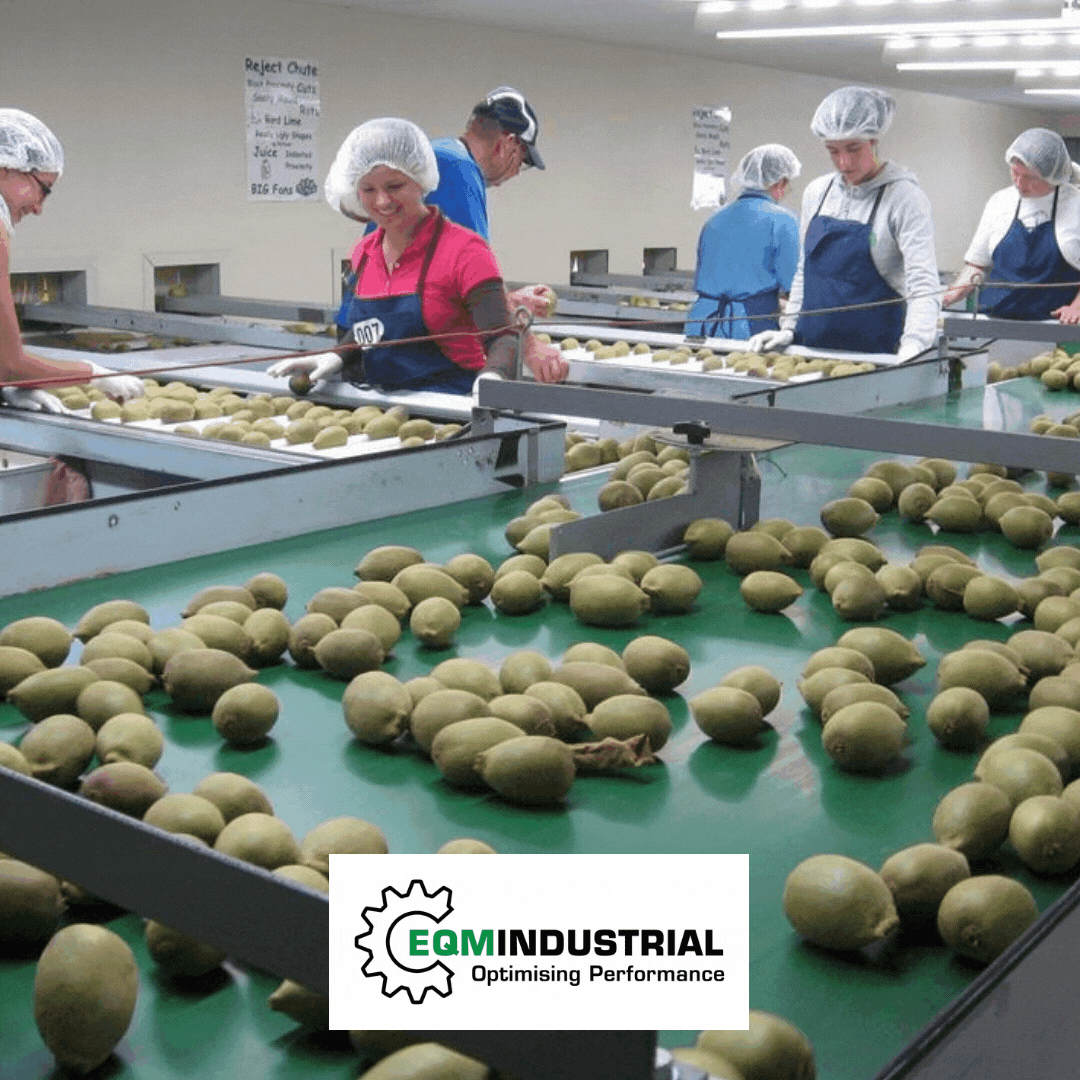Is your packhouse ready for the off-season maintenance period?
Our team at EQM Industrial know a thing or two around the pressures faced by packhouses during their seasons. Shutdowns caused by breakdowns are usually the most expensive of interruptions faced by these businesses. Through our years of experience as equipment suppliers for the industry we have found that scheduled maintenance is crucial to prevent breakdowns. All participants have a responsibility to pass on important information and should make an effort to stay informed. Good teamwork will help everyone’s productivity and ensure a smooth packing season.
So, is there a set process that can be followed to help with the teamwork and communication? We feel there is and have outlined it below.
The 4 Key Steps of Packhouse Maintenance Programs
Why 4 steps? Well, we find this enables the best outcomes for the process. EQM Industrial’s 4 steps are:
- Planning
- Scheduling
- Execution
- Evaluation
Step 1: Shutdown Planning
The planning phase is all about identifying the scope of the work to be carried out, which can be done with a clear set of measurable objectives. These can be as simple as the planned dates and duration, to the budgeted costs and achieving zero harm to the maintenance workforce.
Once you have these in place you will be able to identify the labour needed for that work, as well as the equipment and parts required to carry out the shutdown.
Of course, you are likely to have the labour and equipment sorted in-house already, but the parts… that’s where our team become a crucial element to your planning.
Parts to consider will include your rotary fruit brushes, geardrives and triple sealed bearings. Each of these elements play crucial roles in the on-going successful functioning of your packhouse and should be top priority in your planning stage.
And why consider them early? We all know that the world has gone through many economic changes in the past 18 months. One of those being the COVID pandemic, which has greatly impacted the ability for companies the world over to procure supplies.
Luckily for our customers, we have an extensive warehouse full of parts. However, to ensure we can deliver on time to you and your company, planning for your requirements sooner rather than later will ensure that you are not behind and can meet those objectives you’ve set out for the process.
Step 2: Shutdown Scheduling
Similar to the shutdown planning step, it is important that a dedicated schedule is put in place to keep the process on track. Your schedule should cover:
- A critical path of activities
- Ordering of parts
- Sequencing of work
- Identify priorities
During the scheduling phase many meetings will be necessary involving all major stakeholders of the maintenance period.
Step 3: Execution
This step is pretty self-explanatory. Here the appointed team will carry out the scheduled works implementing the schedule previously set out.
Step 4: Shutdown Evaluation
While this may seem unnecessary, it is always important to evaluate the process that has taken place. Asking questions such as Were the objectives met? Are there any lessons that can be learnt? Are there any improvements that can be made for next year? Will ultimately make the scheduled maintenance shutdown period run smoother in future.
So, is your packhouse ready for the shutdown period? Will your team be able to carry out the maintenance schedule you have in place? You can download a copy of our Packhouse Maintenance Guide by clicking the image below.
Alternatively, contact our team today to order your spare parts and ensure a smooth maintenance period.








